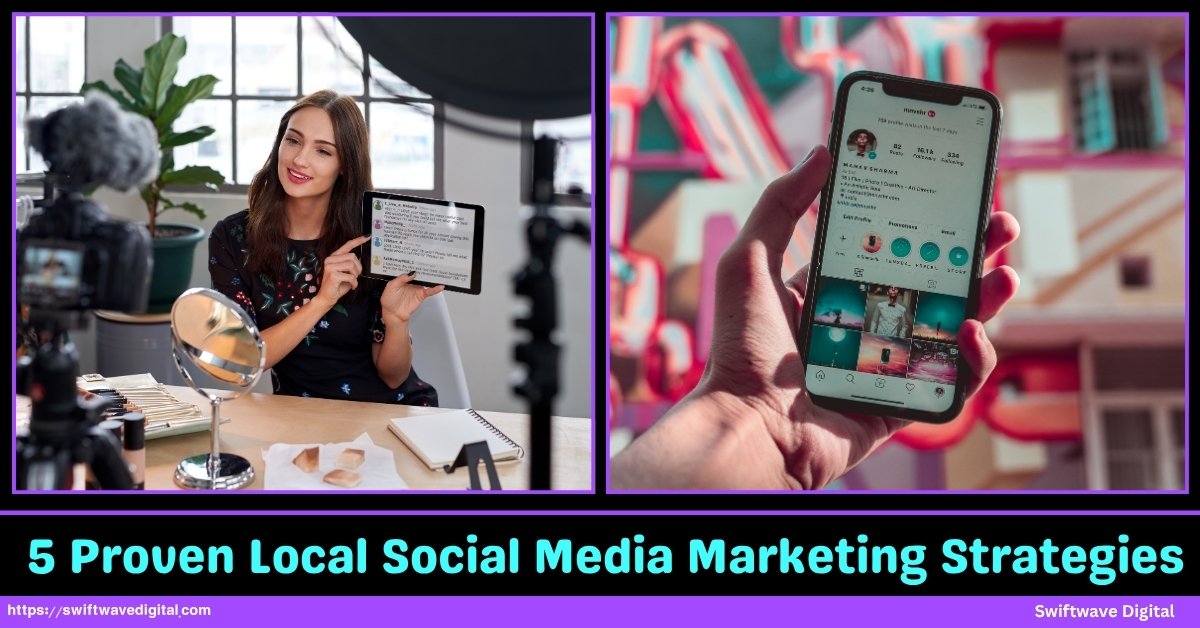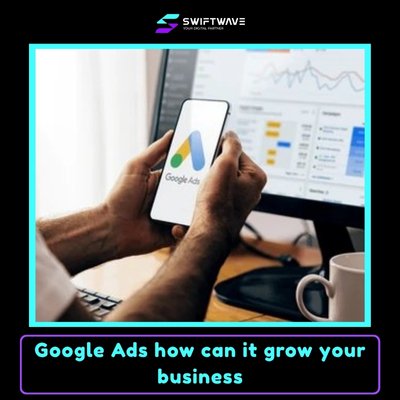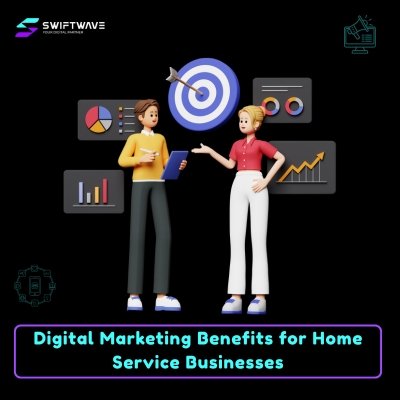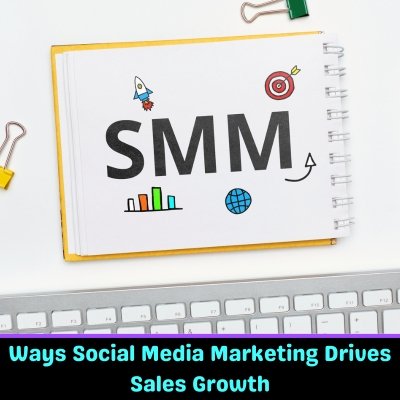Local Social Media Marketing has completely changed how small and medium-sized businesses connect with nearby customers.
In today’s digital landscape, local buyers no longer depend only on billboards or word-of-mouth they scroll through Facebook, Instagram, TikTok, and Google to discover shops, restaurants, salons, and clinics in their own area.
For business owners, that means having an active and strategic local social media presence isn’t optional anymore it’s survival.
A well-executed local social media strategy doesn’t just increase visibility; it builds real relationships, boosts walk-ins, and turns casual scrollers into loyal customers.
Whether you run a single outlet or manage multiple branches, the key is understanding how to use geo-targeting, local content, and authentic engagement to dominate your neighborhood’s online space.
5 Proven Local Social Media Marketing Strategies
In this guide, we will explain five proven Local Social Media Marketing strategies that consistently drive visibility, trust, and measurable business growth for local brands.
Why Local Social Media Marketing Works So Well
Local Social Media Marketing helps businesses connect directly with customers who live or work nearby.
Unlike broad national advertising, local marketing targets people within a few kilometers of your business, ensuring that every post, ad, or story reaches those most likely to visit or buy.
According to Meta’s 2024 Small Business Report, over 75% of local buyers use social media to discover new products or services before purchasing. This makes social platforms the fastest and most cost-effective tool for local brand visibility.
Local social media also builds familiarity — when people repeatedly see your business in their feeds, they start recognizing your name, location, and offerings.
Another reason it works is the precision of location-based algorithms. Platforms like Facebook, Instagram, and Google use GPS, check-ins, and search data to show your content to users nearby.
For small businesses, this means your post about a new offer or event is shown only to people close enough to act on it.
Finally, social media bridges the gap between online engagement and offline sales. Whether it’s a message, lead form, or a tagged story, local buyers can take quick action directly through the platform.
This shortens the sales cycle and drives measurable results faster than traditional advertising.
Strategy 1: Dominate Local Visibility with Geo-Targeted Ads
The first and most effective step in Local Social Media Marketing is using geo-targeted ads. These ads allow you to show promotions only to users within a defined area around your business.
Instead of wasting money advertising to people miles away, geo-targeting ensures you reach potential customers who can actually visit.
To start, identify your service area clearly for most local businesses, this is a radius of 3–7 kilometers. Platforms like Facebook Ads Manager or Google Ads let you set this radius precisely.
You can target by ZIP codes, city names, or map pin locations. Then, narrow your audience using interest filters relevant to your business. For example, a gym can target users interested in “fitness,” “health,” or “workout.”
The strength of geo-targeted ads lies in their relevance. When users see content related to their neighborhood, they pay more attention.
These ads usually achieve higher click-through rates and lower costs per conversion because they attract users with genuine local intent.
Make sure to use clear visuals that represent your location — images of your storefront, team, or recognizable local elements.
Combine these visuals with strong calls to action like “Book Now,” “Visit Today,” or “Message for Details.” Geo-targeted campaigns should run continuously, with performance reviewed weekly to adjust targeting, budget, or content.
Consistent optimization keeps your ads efficient, ensuring your business remains visible to nearby audiences who are most likely to become paying customers.
Strategy 2: Build Local Trust with User-Generated Content (UGC)
Trust plays a major role in local buying decisions. People are more likely to purchase from businesses that others in their community recommend or endorse.
This is where User-Generated Content (UGC) becomes powerful. UGC refers to photos, videos, reviews, and posts created by your customers and shared publicly on social media.
Encouraging UGC is simple. Ask customers to share their experience, tag your business, or leave a review on your social pages. You can highlight these posts on your feed or stories.
This not only makes your customers feel valued but also provides authentic content that future customers trust more than brand-made promotions.
According to a Nielsen survey, 88% of consumers trust recommendations from people they know over any other type of advertising. UGC acts as digital word-of-mouth, and because it’s shared by real users, it adds credibility to your business presence online.
To make UGC a regular part of your strategy, create an easy system. Display reminder cards at your checkout or send a short follow-up message thanking customers and asking them to tag your social media.
Feature the best content weekly, showing appreciation publicly. Over time, these small actions create a consistent flow of community-driven posts that improve your brand’s local reputation.
Strategy 3: Use Local Influencers — But Micro Ones
Influencer marketing works best when it feels relatable. For local businesses, the most effective influencers aren’t the ones with massive followings; they’re micro-influencers who have small but loyal audiences in your city or area.
Micro-influencers typically have between 3,000 and 15,000 followers and maintain close relationships with their audience. Their recommendations feel more genuine because they share personal experiences rather than paid endorsements.
In fact, data from SocialPubli (2023) shows that micro-influencers generate up to 60% higher engagement rates than macro influencers.
To find suitable micro-influencers, look for active profiles in your niche that are located near your business. They might be food bloggers, lifestyle creators, or local reviewers.
The key is ensuring their followers are mostly local. Once identified, approach them with a clear offer — a free trial, discount, or collaboration that benefits both sides.
Keep collaborations simple and authentic. Ask influencers to create short videos, stories, or posts about their experience. Avoid scripts or rigid instructions; let them communicate naturally in their usual tone. This maintains credibility and ensures their followers respond positively.
When done consistently, micro-influencer collaborations can expand your reach among genuine local audiences, helping new customers discover your business through trusted voices in the community.
Strategy 4: Localize Your Content — Speak Their Language
Local Social Media Marketing becomes most powerful when your content reflects the community it serves. Localization means creating posts that connect culturally and linguistically with your audience. It’s not just about translating words; it’s about capturing tone, humor, and real-life context.
People engage more with brands that feel familiar. When your posts include local references such as festivals, weather conditions, or neighborhood landmarks they create instant recognition.
This builds a sense of belonging and encourages more comments, shares, and interactions.
Start by mixing local language naturally into your captions. Use casual expressions and a conversational style that mirrors how people speak in your region.
Add location tags to every post and use city-specific hashtags. These small details improve visibility in local searches and increase chances of appearing on local explore pages.
Another key aspect of localization is featuring local faces and settings in your visuals. Show your employees, customers, and real spaces. This strengthens authenticity and helps audiences relate to your brand more easily.
When your content consistently feels local, your social media presence evolves from being “just another business” to becoming a recognized part of the community.
This leads to stronger loyalty and organic growth without heavy advertising costs.
Strategy 5: Convert Engagement into Leads with Call-to-Action Funnels
Attracting attention on social media is valuable, but conversions happen only when you give users a clear next step. That’s where Call-to-Action (CTA) funnels come in.
A CTA funnel guides your audience from interest to action — like booking an appointment, signing up, or visiting your store.
To build an effective funnel, start by defining your goal. Decide whether you want messages, calls, form submissions, or direct visits. Then, ensure each post and ad includes one clear instruction.
Examples include “Send Message,” “Get Offer,” or “Book Your Free Trial.” Avoid mixing multiple CTAs in a single post.
On Facebook and Instagram, lead form ads and message ads are the most effective for local businesses. They reduce friction by allowing users to act without leaving the platform.
When someone fills out a lead form, follow up quickly — ideally within 10 minutes. A fast response increases the chance of conversion significantly.
Once leads enter your funnel, continue engaging them. Share testimonials, service highlights, or promotional reminders through remarketing ads or WhatsApp messages.
Every follow-up strengthens trust and keeps your business top-of-mind until the customer decides to buy.
The entire purpose of your local social media marketing should be to connect visibility with conversion. Without a clear CTA, even the best content can fail to bring measurable results.
Bonus Strategy: Use Local Groups and Communities
Community engagement is a free but powerful way to build awareness. Many cities have Facebook, WhatsApp, or Telegram groups focused on local interests such as food, parenting, or business networking.
These spaces are filled with active members looking for recommendations and local information.
Joining these groups allows you to participate in conversations that align with your business. However, the key is to add value, not spam. Share practical tips, respond to questions, and contribute to discussions naturally.
Once you’ve built credibility, you can occasionally share updates or offers from your business.
This approach increases visibility without spending on ads and positions your business as a helpful local presence. Over time, consistent engagement in these groups can lead to organic word-of-mouth promotion and steady local traffic.
Another advantage of local groups is feedback. You can observe what people in your area care about, what complaints they have about competitors, and what trends are emerging.
This information helps refine your content and offerings to better meet local demand.
When used strategically, community participation strengthens both reputation and awareness, reinforcing all other social media efforts.
Common Mistakes Local Businesses Make
Many local businesses underperform on social media because they overlook key fundamentals. The most common mistake is inconsistent posting. Inactivity reduces visibility because social algorithms favor pages that post regularly and engage followers.
Another common issue is using generic content. Stock photos, vague captions, and irrelevant hashtags fail to attract real engagement. Locals can easily tell when content doesn’t represent their area or audience. Always prioritize original visuals and specific language that matches your location.
Businesses also lose opportunities by ignoring comments and messages. Response time matters 50% of users expect brands to reply within an hour. Slow replies signal poor service, discouraging potential customers from following through.
Not tracking performance is another frequent error. Without measuring key metrics like reach, click-through rate, and lead cost, it’s impossible to identify what’s working.
Every local marketing effort should include regular performance reviews and data-based adjustments.
Finally, many businesses forget to include a call to action in their posts. A post that entertains but doesn’t guide users to act rarely delivers results.
Each piece of content must have a purpose whether it’s to visit, message, or buy.
By avoiding these mistakes, local businesses can make every post and ad deliver a measurable return on effort.
Putting It All Together: The Local Growth Formula
Local Social Media Marketing succeeds when businesses combine consistent activity, clear targeting, and community trust. Each strategy reinforces the others. Geo-targeted ads bring new eyes to your page.
User-generated content builds trust. Micro-influencers expand reach. Localized content keeps engagement strong. CTA funnels convert leads. And community participation sustains visibility.
To apply this effectively, follow a simple process. First, optimize your social profiles with complete contact details, location, and business hours.
Then, post regularly — aim for three to four quality posts each week. Run one or two geo-targeted ad campaigns monthly to maintain visibility. Use analytics to track engagement and conversions.
Encourage customers to share their experiences, and highlight their content frequently. Collaborate with one or two local influencers each quarter to attract new audiences. Keep your captions conversational and location-specific to maintain local relevance.
Finally, ensure that every piece of content leads somewhere whether to a form, message, or store visit. Measure, adjust, and repeat the process monthly. Consistency is what turns social activity into lasting local dominance.
When executed properly, local social media becomes more than marketing it becomes your business’s growth engine.
Conclusion
Local Social Media Marketing isn’t about chasing viral trends or reaching millions — it’s about connecting with the right people in your community and turning that connection into measurable growth.
When done with purpose, it becomes the most cost-effective and results-driven marketing tool for any local business.
By combining geo-targeted ads, authentic user content, micro-influencer partnerships, localized messaging, and strong calls to action, businesses can consistently attract new customers while retaining existing ones.
The power of social media lies in visibility and trust. Every comment you reply to, every post you localize, and every lead you follow up with strengthens your reputation and influence in your area. Consistency is what transforms engagement into results.
Whether you manage a single branch or multiple outlets, focus on being relevant, responsive, and relatable to your local audience. That’s what makes people remember your name and choose you over competitors.
In short, Local Social Media Marketing is not just about posting — it’s about building lasting local impact and turning followers into loyal customers.




